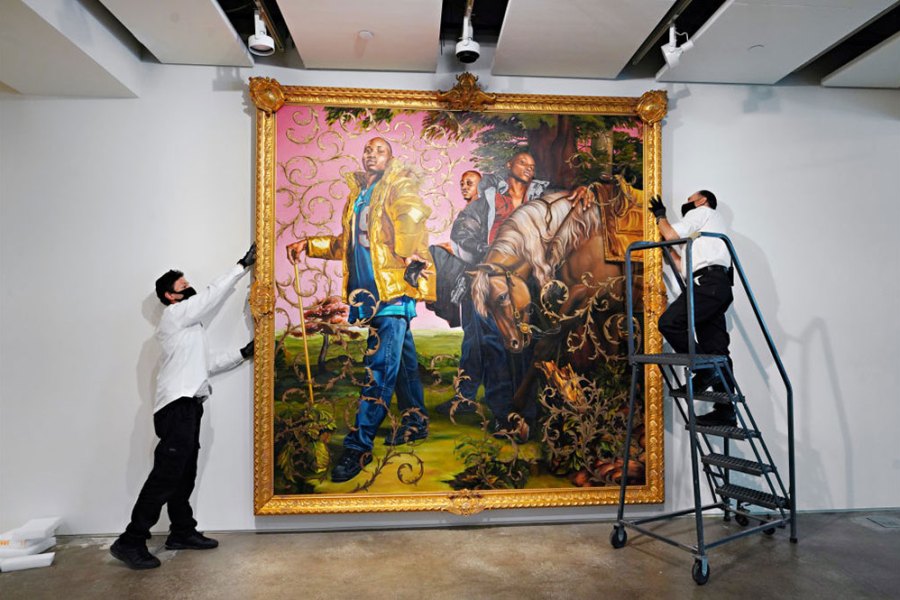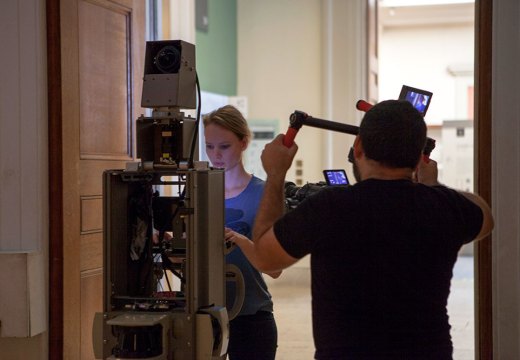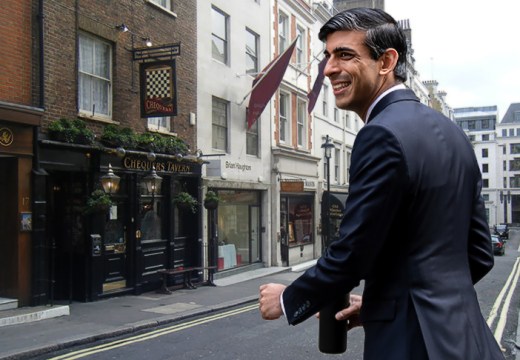As lockdown restrictions are gradually eased, art dealers around the world have happily begun to open up their galleries. While many businesses hope to recoup some of the losses of recent months, the reopenings – even if unaffected by further lockdowns – are unlikely to do more than stem the bleeding. But from where we sit now, survival would be an achievement in itself.
The gallery experience in 2020 certainly isn’t business as usual. In Hong Kong, which was never fully locked down, several galleries have been operating a socially distanced, by-appointment-only system throughout the Covid-19 pandemic, with temperature checks, face masks, gloves and hand sanitisers the norm. This seems to be the way most galleries and shops elsewhere plan to function for now.
It’s good to see some activity on the streets, but the set-up is still not ideally suited to art sales. The market has long implied the intangible value of its objects through exclusive social gatherings, from champagne receptions to VIP openings of art fairs, neither of which seem to be on the agenda for some time. Plus the recent trend among contemporary galleries to move out of vast industrial buildings and into more intimate, first-floor spaces doesn’t play to social-distancing rules. Meanwhile, just because a gallery is open doesn’t mean that people will come. Some of the most seasoned collectors are in a more vulnerable age category – as are some dealers – although there’s an off-chance that a few are now immune after a stint at TEFAF Maastricht, where a number claim to have caught the virus. Still, even the less vulnerable might not want to risk in-person visits: collecting is something of a luxury that may not take priority just now.
Most dealers are giving it a go, however, in the belief that some sort of physical presence is better than none. It’s not as though many galleries were that crowded anyway before the pandemic began – a recurring complaint in recent years. ‘It should be fine to limit numbers,’ says Freya Simms, chief executive of LAPADA, the Association of Art & Antiques Dealers. ‘You can quite easily have a one-on-one visit to an antiques shop, for example – most already have a bell to get in.’
There’s also likely to be a brief period in which the novelty value of being able to see art in the flesh could work wonders. In most cities, commercial galleries are opening before museums, so may prove the only way to satisfy the itch for art. ‘We’re making a virtue of going to the gallery again,’ says the London-based dealer John Martin. ‘You can have it all to yourself.’ Martin is offering by-appointment, half-hour evening slots in his Mayfair space to individual visitors. ‘It’s only the fairs that made art dealing a feeding frenzy. This is returning to an old-fashioned way of doing business – it’s back to basics,’ he adds.
In the meantime, dealers in some of the more traditional categories of art have been able to learn a few tricks from their contemporary counterparts. In the height of lockdown, LAPADA ran weekly webinars to help its members get to grips with social media and harness other online prospects. Perhaps a savvier use of digital platforms, born of necessity, will lead to a healthy weaning of dealerships from the art fairs that they rely on so heavily. Dealers make between 30 and 47 per cent of their turnover from art fairs, according to the latest Art Basel and UBS Global Art Market Report.
Dealers certainly haven’t missed the direct and associated costs of the art fairs that have proliferated in the past decade – even in the sleepier markets for pre-contemporary art, with the emergence of prominent events such as Masterpiece London, Frieze Masters and TEFAF New York. Masterpiece, one of the priciest fairs for exhibitors on the circuit, instead offered an online version, for free, to approximately 140 dealers at the end of June. ‘It was as much about getting our head above the parapet, to remind people we exist,’ says Martin Clist, managing director at the antiquities specialist Charles Ede.
Some other costs have been cut, or at least paused, for galleries during the crisis, with furlough schemes still active in many countries and, in some cases, mortgage holidays and rent reviews. Plus, as Clist notes, the working-from-home phenomenon has granted some mental breathing space to many gallery staff and owners in which to reconsider business planning and strategy. In some fields, generosity has come from unexpected corners, including the auction houses and mega-dealers, as collaborations have proved a welcome outcome of the Covid-19 crisis. Gallery-based initiatives such as London Art Week (3–10 July) should prove their worth, particularly as they won’t be competing with the usual art fairs and events that consume attention during the normally packed summer season.
Dealers’ expectations for 2020 are understandably dismal. In April a survey of 236 art traders worldwide, conducted by the economist Rachel Pownall and the Art Newspaper, found that they expected to lose an average of 72 per cent of their income due to the pandemic. But as dealers begin to open their doors again, they will hopefully have hit on some ways to adapt that will best see them through the storm.
From the July/August 2020 issue of Apollo. Preview and subscribe here.
Unlimited access from just $16 every 3 months
Subscribe to get unlimited and exclusive access to the top art stories, interviews and exhibition reviews.














![Masterpiece [Re]discovery 2022. Photo: Ben Fisher Photography, courtesy of Masterpiece London](http://www.apollo-magazine.com/wp-content/uploads/2022/07/MPL2022_4263.jpg)
It’s time for the government of London to return to its rightful home